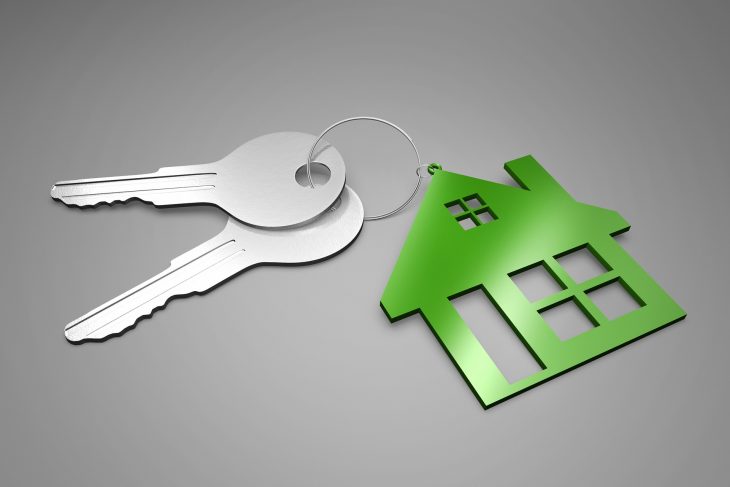On the face of it, mortgages are a way of financing the purchase or improvement of your home. But the process of acquiring money shouldn’t be a means to an end – we need to look to the future. What if mortgages could actually help to create a sustainable future for all of us? Is there such thing as ethical lending? Sustainable and “energy efficient” mortgages (EEM) are about how the money is invested, and also about lending money to customers who are looking to buy or improve a property in an eco-friendly way.
Sustainable mortgages – the concept
Sustainable mortgages isn’t a new fandangled hipster idea, they have been about since the 1980s. Some lenders seem to have the idea more grounded than others however, and it has taken a long while for banks and credit unions to start taking them seriously. In the past, customers have been offered some shady benefits including printing your financial statements on recycled paper, and planting trees on your behalf. Citibank and Bank of America have even offered $500-$1000 off of closing costs, but it’s not much of an incentive in the great scheme of things. Planting a woodland is a lovely idea, but customers are more shrewd than that and they want to know that the mortgage provider is investing money wisely, and not into arms dealing, drugs or warfare. They want to know that the lender is trying to make a difference to the generations to come.
Borrowing for green purposes
Sustainable mortgages also include lending money to customers that are building or improving a property using green methods. Some lenders are offering good add-on mortgage deals for customers that are making improvements to their property in order to become more energy efficient and green. This includes things like installing solar panels, or renewable energy sources, and putting in better insulation. There are also specific mortgage deals offered for restoration of derelict properties, self-builds, alternative tenures such as cohousing, and building a property using green methods such as cob, or straw bales. These “away from the norm” projects aren’t radical, but they are one small step to changing the concept of providing sustainable housing using eco-friendly materials that aren’t damaging the planet. The interest rate of these type of mortgages is often linked to ecological impact. How much money you actually pay depends directly on the ecological credibility of your project.
Cutting carbon emissions is one of the the main concerns for housing developers that are considering the environment. Let us consider that a staggering 71% of the electricity consumed in America is due to buildings – they produce 38% of greenhouse emissions. Green building practices both for existing homeowners and architects and builders are extremely important. The current government guidelines on EEM lending is the lesser of 115% of the median value of a dwelling, or 5% of the value of the property. This figure is sadly just a drop in the ocean if you want to make substantial changes to your house, such as installing geothermal heating, which can cost around $40,000.
Ethical Money Investment
When you’re purchasing a home, it is always worth asking a mortgage provider exactly what their approach to sustainable lending is. A sustainable mortgage should be one where the lender invests the money wisely, in projects that are going to help people in the future. Don’t forget that the interest that you are paying goes straight into the bank’s profits – that money could be used for good. A survey done by Callan of 84 banks, credit unions and institutional funds found that only 37% of them took into account social, and environmental factors into account when they invested their money (source:US News). Your best bet is to look for a lender or bank that is a Certified B Corporation. This means that they meet national set standards about the way they run their business and what they do with their money. There are 2,300 of these type of corporations worldwide, and the number is growing. The certificate has to be renewed every year, to prove that they are accountable and lending responsibly. A responsible EEM or sustainable mortgage lender should be completely committed to social and environmental values.
Sustainable mortgages are becoming more commonplace, as we are thinking more about looking after the world we live in. It might be a small drop in a big financial ocean, but a sustainable mortgage can be a ripple that turns into a wave.











